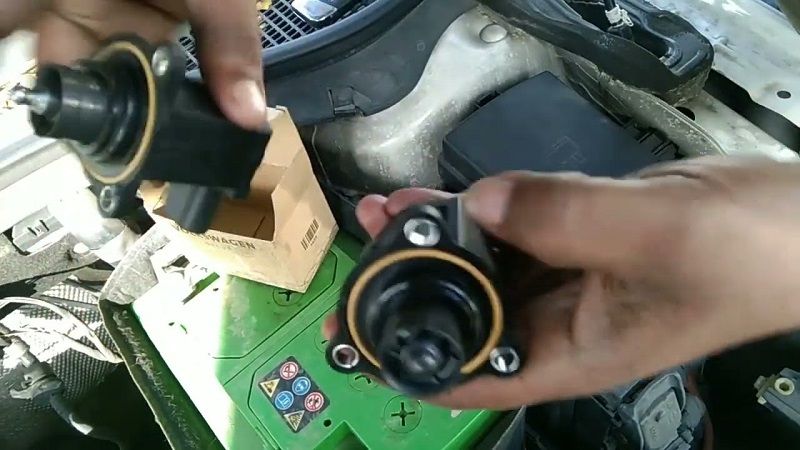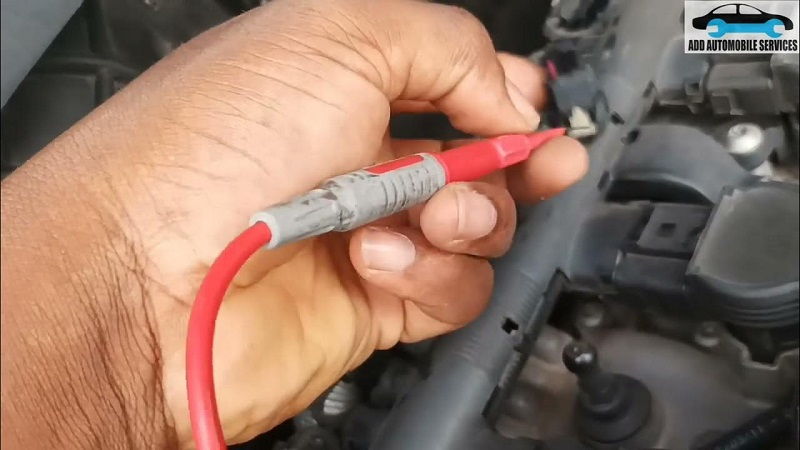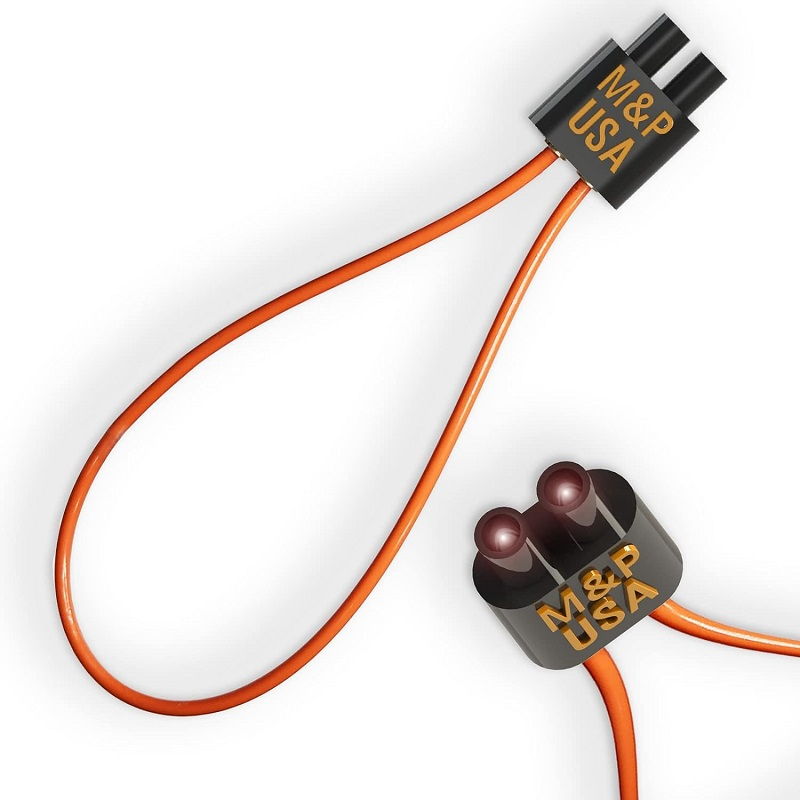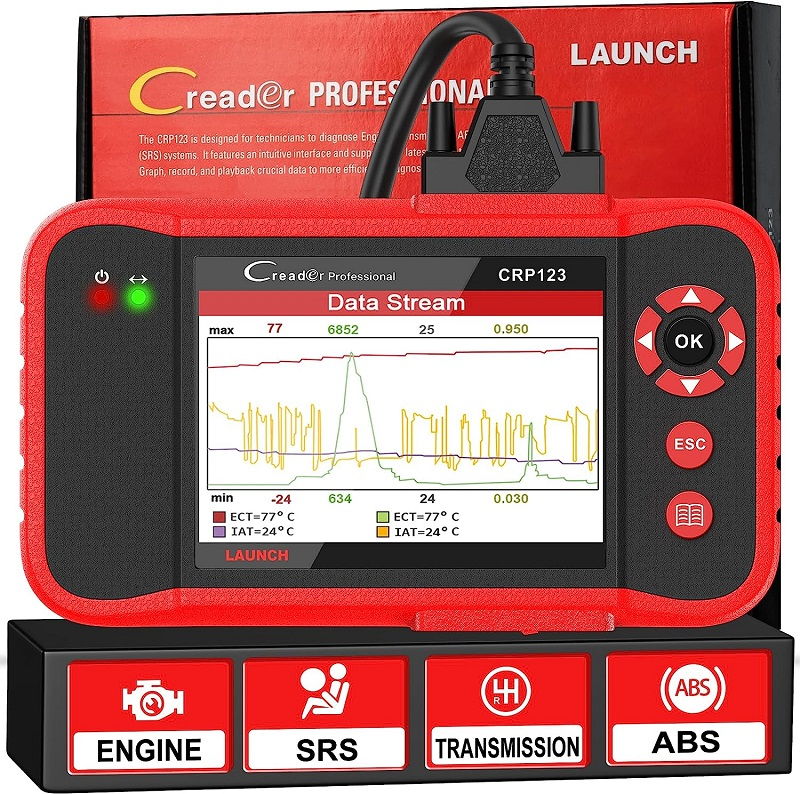This post contains affiliate links. This means I will make a commission at no extra cost to you should you click through and make a purchase [ “As an Amazon Associate, I earn from qualifying purchases.” ]. Read the full disclosure here.
P0033 Turbo Charger Bypass Valve Control Circuit – Understanding and Diagnosing the P0033 Trouble Code: Turbocharger Bypass Valve Control Circuit GuideMechanic.Com The P0033 trouble code is a diagnostic trouble code (DTC) that relates to the Turbocharger Bypass Valve Control Circuit.
While it may seem daunting at first, understanding this code and its implications is crucial for maintaining your vehicle’s performance, especially in turbocharged engines.
In this comprehensive article, we’ll explore the P0033 code in detail, discussing its causes, symptoms, diagnostic procedures, and potential solutions.
See Also: P0031 HO2S Heater Control Circuit Low (Bank 1 Sensor 1)
P0033 Turbo Charger Bypass Valve Control Circuit
What is the P0033 Code?

The P0033 code indicates a malfunction in the Turbocharger Bypass Valve Control Circuit. Also known as the wastegate control solenoid or bypass valve solenoid, this component is responsible for regulating the boost pressure produced by the turbocharger.
By controlling the flow of exhaust gases to the turbine side of the turbocharger, the bypass valve helps maintain optimal boost levels and prevents overboost conditions.
Causes of the P0033 Code:
Several factors can trigger the P0033 trouble code, including:
Faulty Bypass Valve Solenoid:
The most common cause of the P0033 code is a malfunctioning bypass valve solenoid. Over time, the solenoid may wear out, leading to electrical or mechanical failure.
Wiring Issues:
Broken wires, corroded connectors, or short circuits in the bypass valve control circuit can disrupt the signal between the solenoid and the engine control module (ECM), triggering the P0033 code.
Vacuum Leaks:
Vacuum leaks in the bypass valve control system can affect its operation, leading to improper boost regulation and the P0033 code.
Boost Pressure Sensor Malfunction:
A malfunctioning boost pressure sensor may provide inaccurate readings to the ECM, causing it to command the bypass valve solenoid incorrectly.
ECM Failure:
In rare cases, a malfunctioning ECM may fail to properly control the bypass valve solenoid, resulting in the P0033 code.
P0033 Turbo Charger Bypass Valve Control Circuit
Symptoms of the P0033 Code:
Check out this M&P USA Universal Fiber Optic Loop Bypass Loop Adapter Compatible with BMW, Mercedes & More
When the P0033 code is stored in the vehicle’s ECM, you may experience the following symptoms:
Check Engine Light:
The most obvious symptom is the illumination of the Check Engine Light (CEL) on the vehicle’s dashboard.
Reduced Engine Performance:
A malfunctioning bypass valve solenoid can lead to reduced engine performance, especially under high load conditions.
Turbocharger Lag:
You may notice increased turbocharger lag or delayed throttle response, particularly during acceleration.
Poor Fuel Economy:
An improperly functioning bypass valve can affect fuel delivery and combustion efficiency, resulting in decreased fuel economy.
P0033 Turbo Charger Bypass Valve Control Circuit
Diagnosing the P0033 Code:
Diagnosing the P0033 code requires a systematic approach to pinpointing the root cause. Here’s a step-by-step guide to diagnosing the issue:
Code Scan:
Use an OBD-II scanner to retrieve the P0033 trouble code and any accompanying freeze frame data. This information can provide valuable insights into when the fault occurred and under what conditions.
Visual Inspection:
Conduct a visual inspection of the bypass valve solenoid, wiring harness, and connectors for any signs of damage, corrosion, or loose connections.
Check Bypass Valve Solenoid:
Test the bypass valve solenoid for proper operation using a multimeter or scan tool. Verify that the solenoid receives voltage and ground signals from the ECM when commanded.
Inspect Wiring:
Thoroughly inspect the wiring harness for any signs of damage, such as fraying, cuts, or burns. Repair or replace any damaged wiring as necessary.
Test Boost Pressure Sensor:
Check the boost pressure sensor for proper operation and accuracy. Verify that it provides consistent and accurate readings to the ECM.
Check for Vacuum Leaks:
Inspect the vacuum lines and connections in the bypass valve control system for leaks or damage. Use a smoke machine or propane torch to identify leaks if necessary.
Test ECM Functionality:
If all other components check out, consider testing the ECM for proper functionality. Consult the vehicle’s service manual for specific diagnostic procedures.
P0033 Turbo Charger Bypass Valve Control Circuit
Fixing the P0033 Code:
Once you’ve identified the underlying cause of the P0033 code, you can proceed with the necessary repairs:
Replace Bypass Valve Solenoid:
If the bypass valve solenoid is faulty, replace it with a new, OEM-quality unit. Ensure that the replacement solenoid is compatible with your vehicle’s make and model.
Repair Wiring:
If wiring issues are detected, repair or replace the damaged wiring in the bypass valve control circuit. Properly solder and insulate connections to prevent future issues.
Address Vacuum Leaks:
If vacuum leaks are present, repair or replace the affected vacuum lines and connections. Ensure that all connections are secure and properly sealed.
Replace Boost Pressure Sensor:
If the boost pressure sensor is malfunctioning, replace it with a new, OEM-quality sensor. Calibrate the sensor as necessary according to the manufacturer’s specifications.
ECM Replacement:
In rare cases of ECM failure, replace the engine control module with a new or remanufactured unit. Ensure that the replacement ECM is correctly programmed for your vehicle.
Clear Codes:
After completing repairs, use the OBD-II scanner to clear the trouble codes and reset the ECM. Conduct a test drive to ensure that the P0033 code does not reappear.
Conclusion:
See Also: P0032 HO2S Heater Control Circuit High (Bank 1 Sensor 1)
The P0033 trouble code relating to the Turbocharger Bypass Valve Control Circuit is a common issue encountered by vehicle owners, especially those with turbocharged engines.
By understanding its causes, symptoms, diagnostic procedures, and potential solutions, you can effectively address the issue and restore your vehicle’s optimal performance.
If you’re unsure about performing these repairs yourself, it’s advisable to seek assistance from a qualified automotive technician to ensure the proper resolution of the issue.
- P006B MAP – Exhaust Pressure Correlation - May 2, 2024
- P006A MAP – Mass or Volume Air Flow Correlation Bank 1 - May 1, 2024
- P0069 Code: Manifold Absolute Pressure – Barometric Pressure Correlation - May 1, 2024



